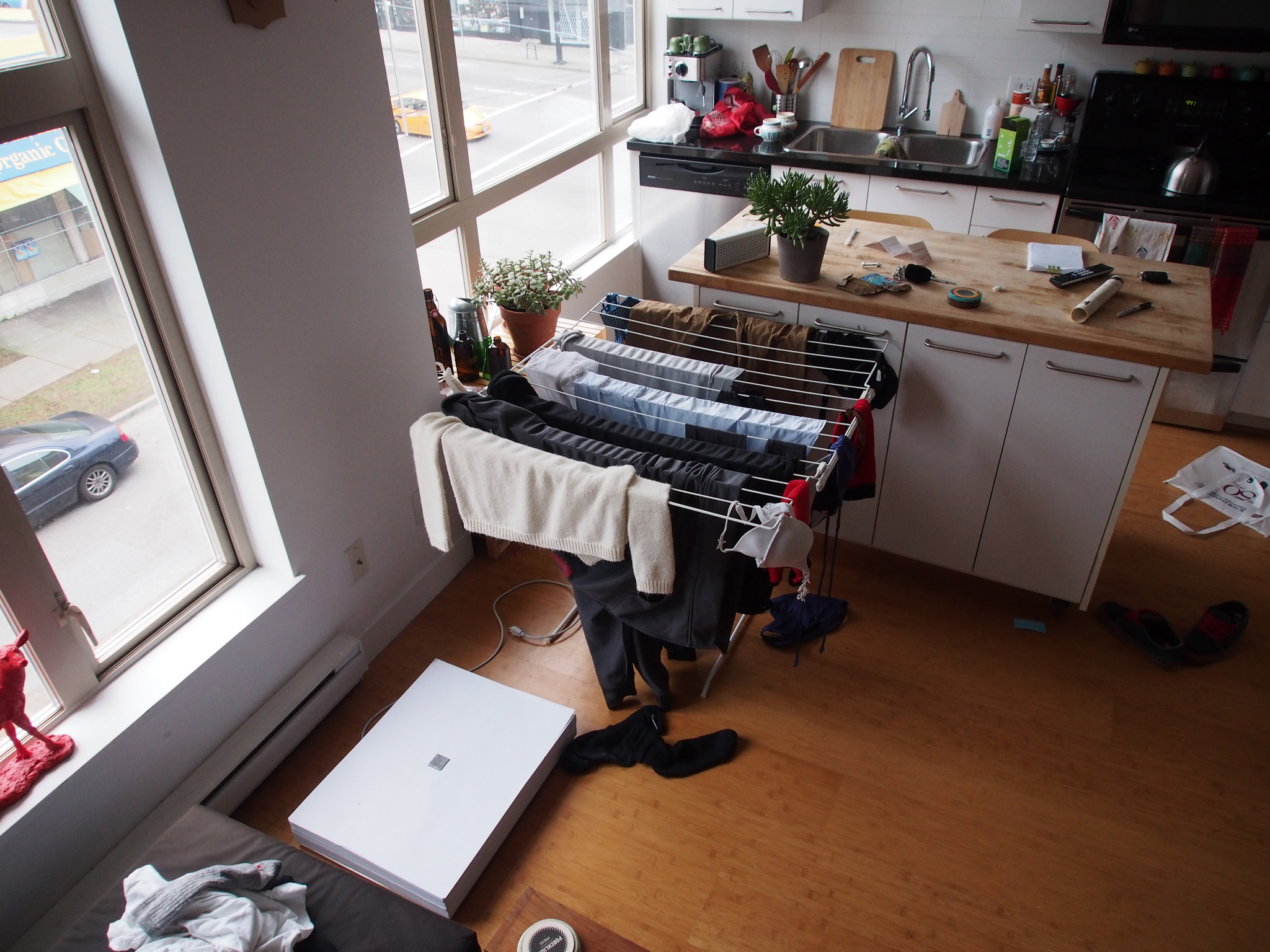
Since 2013, the table-non-table has lived in a number of households from 3 weeks to 5 months. People have used the table-non-table to stack things on top of it (like a coffee table), as a stool to sit on, as a pad for drawing and making snowflakes, and as an intriguing thing for cats and dogs.

The table-non-table was imagined following our studies of everyday design and our reflections on how interactive artifacts become part (or not) of people's homes. The goal was to create an interactive artifact that can be lived-with over time and that reaches a balance between being too alien and too familiar (as described in our conceptual construct of Unselfconscious Interaction).
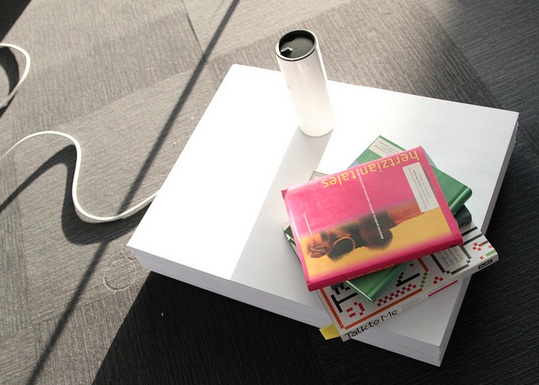
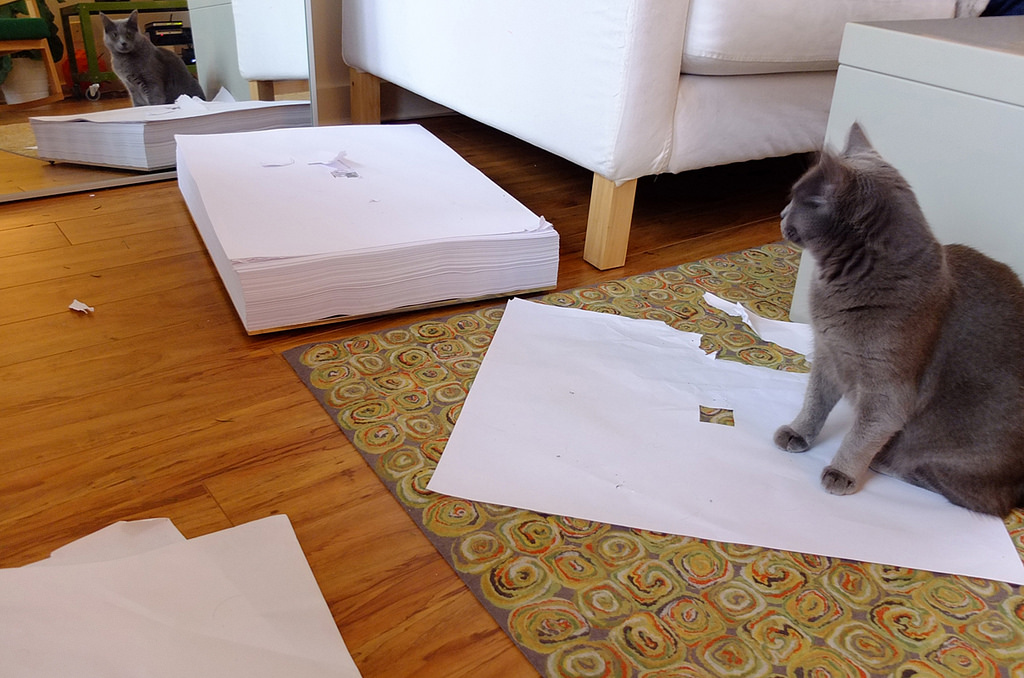
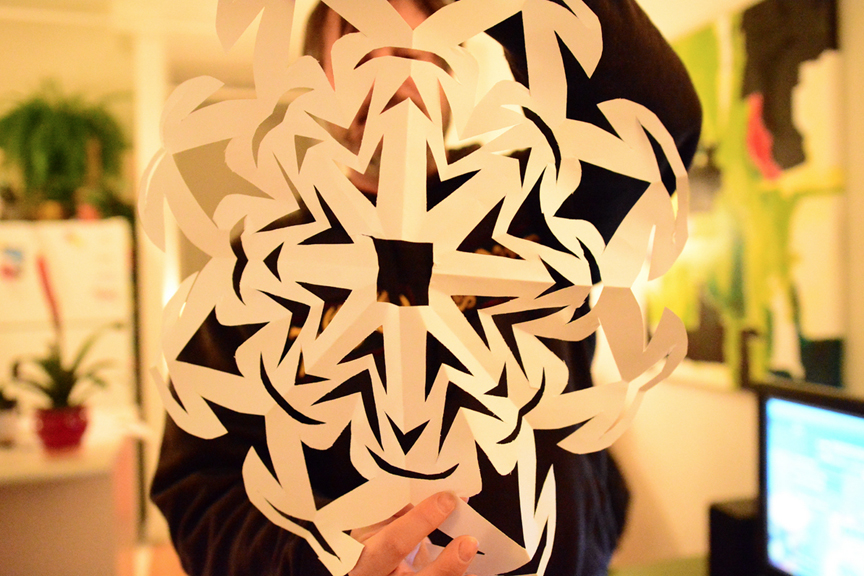
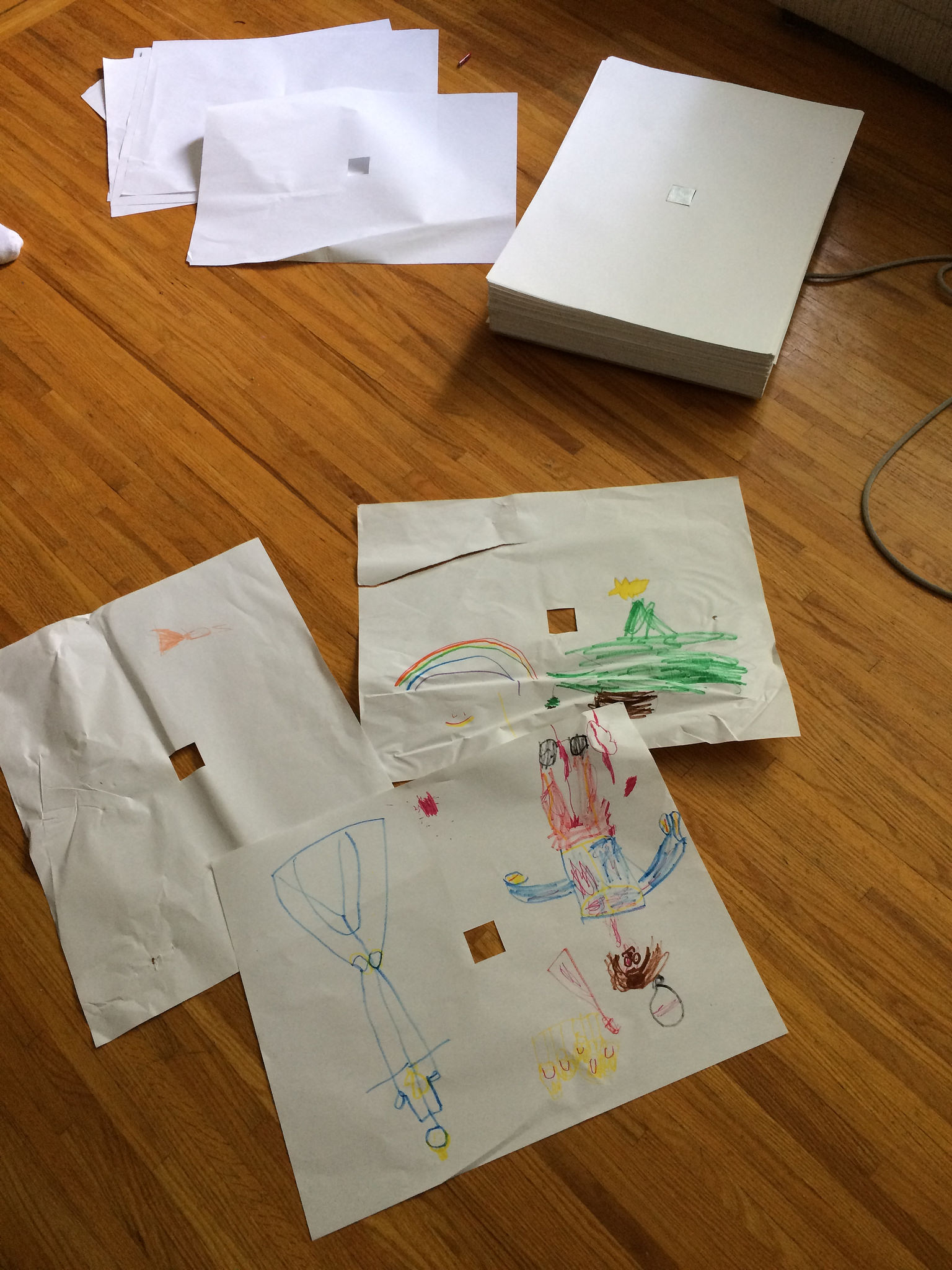
If you are interested in making the table-non-table yourself, please see this tutorial on the Instructables website!
Project in collaboration with Ron Wakkary, William Odom, Sabrina Hauser, Xiao Zhang, Matthew Dalton, Henry Lin, and Markus Lorenz Schilling from the EDS studio at SFU
_ Wakkary, R., Desjardins, A., Hauser, S. (2015).
Unselfconscious Interaction: A Conceptual Construct, Interacting with Computers, July 17, 2015, iwv018. 1-20.
_ Odom, W., Wakkary, R., Lim, Y.-k., Desjardins, A., Hengeveld, B., and Banks, R. (2016).
From Research Prototype to Research Product, In Proc CHI 2016, New York, ACM Press, (in press), 12 pages.